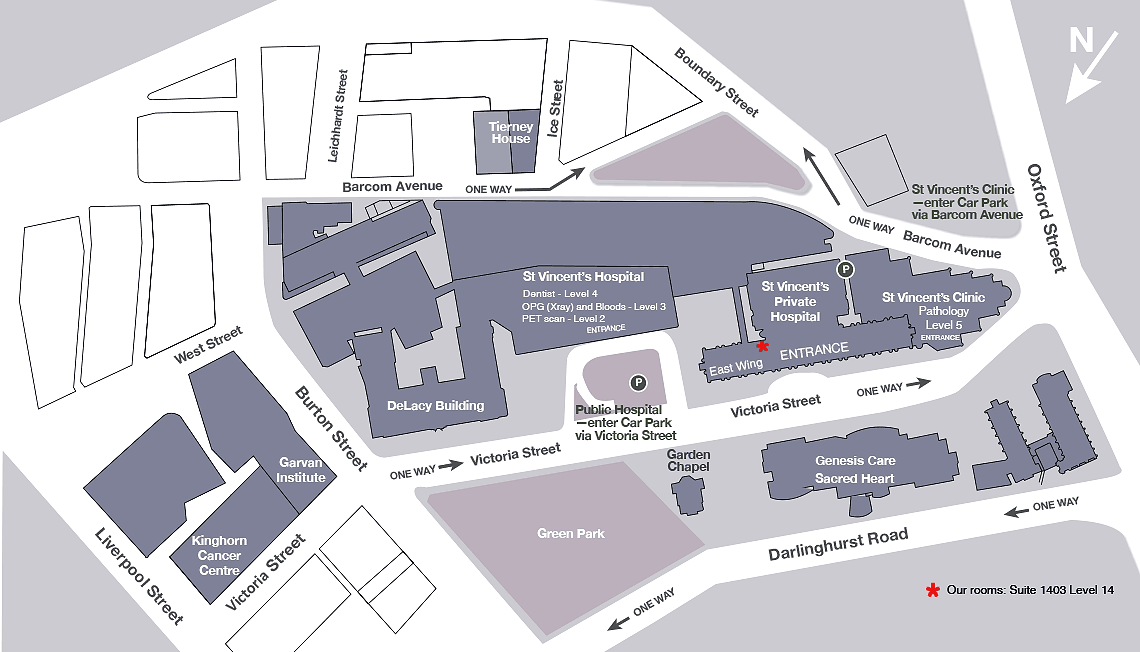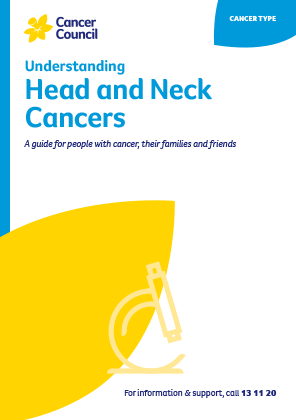Appointments
Our clinic staff are both skilled and caring. They will do their best to ensure your experience of the booking process is as easy as possible.
In order to be booked in for an appointment with us at one of our practices you will first need to send us your referral. This is so the doctors can review it and let us now how urgently you need to be seen, and if there’s any other tests they’d like organised as well.
- Your referral can be from your GP, dentist, or any other specialist.
- A GP referral will last 12 months, whereas a specialist referral will only last 3 months.
- If there are tests we would like you to have before your appointment, our doctors are usually happy to write these referrals for you.
- We will contact you once your referral has been received and triaged by our doctors.
- We do our best to contact all patients within a timely fashion to arrange their appointments. If it is urgent and you have not been given a referral, please contact your referring doctor and ask them to provide you with a copy, or they can phone our office directly to book you in.
Health Insurance
Sometimes we are asked if private health insurance is required. You do not need health insurance to see our doctors. In fact, private health insurance does not cover medical consultations or examinations that are provided out-of-hospital.
The cost of an appointment is an issue that also comes up frequently, and misconceptions about specialists costs abound. The Ent is completely transparent on appointment costs.
Locations

Darlinghurst
St Vincent's Hospital
Suite 1403 Level 14, 406 Victoria Street
Darlinghurst
NSW 2010

Wagga Wagga
Riverina ENT
Suite 12/2 Docker Street
Wagga Wagga
NSW 2650
Ear, Nose and Throat
The anatomy of the ears, nose and throat is complex and amazing. We depend on these three structures to live normally. Ears and their related sensory systems are crucial to our hearing and balance. The nose and nasal passages filter, warm and moisten air, thus facilitating breathing, but is also involved in delivering your sense of smell and taste. The throat and its deeper structures let us speak and swallow and are also involved in breathing. This brief list of what our ears, nose and throat do for us continuously also means that whether we have a simple ear infection or a more complex condition we will likely notice it quickly.
ENT doctors, referred to as otolaryngologists or otorhinolarynologists, are skilled in diagnosing and treating these disorders and diseases. There are many conditions and some of them will involve related structures of the head and neck. Cancers of the head and neck are also treated by ENT doctors working with other healthcare professionals forming a multi-disciplinary team.
Please see conditions treated for a comprehensive list of all the ear, nose, throat, head and neck conditions that we treat at The Ent.
Head and Neck Cancer
Head and neck cancers are classified by their location and cell type. Most head and neck cancers begin in the squamous cells that line the mucosal surfaces of the head and neck, such as those inside the mouth, throat, nose and sinuses, and voice box. These are referred to as squamous cell carcinomas. Head and neck cancers can also begin in the salivary glands, sinuses, or muscles or nerves in the head and neck, but these types of cancer are not as common as squamous cell carcinomas.
The most common form of head and neck skin cancer is basal cell cell carcinoma. However, squamous cell skin cancer is more aggressive and depending on location and nerve involvement may require extensive surgery
Tobacco and/or alcohol use are considered the most important risk factors in . Most head and neck squamous cell carcinomas of the mouth and voice box are caused by tobacco and alcohol use. Studies have shown an association between alcohol and tobacco consumption and oral Human papillomavirus infection in certain types of head and neck cancer. Regardless of transmission, infection by the Human papillomavirus (HPV) or the Epsteing-Barr virus (EBV) are known causes. Oropharyngeal malignancy typically occurs at the base of the tongue, tonsils, soft palate and uvula - subsites of the oropharynx - since they have increased exposure to HPV. Consequently, avoiding or modifying certain oral sexual practices is considered a method of prevention. EBV is also associated with carcinomas located in the oropharynx, but also has a pathogenic role in nasopharyngeal cancer, the are behind your nose and ending at the top of your windpipe. Research shows that nasopahryngeal tumours are caused through the interplay of EBV and enviromental and genetic factors.
Whatever the causes of any head and neck cancer, there is a good chance of successful treatment if detected early.
Symptoms may include a persistent sore throat, a sore in the mouth, a lump in the neck, difficulty swallowing or a change or hoarseness in the voice.
In Australia it is estimated that over 5,189 cases were diagnosed in 2022, of which 3,822 were males. Close to 65 years was the the median age of diagnosis.
The Ent is located at St Vincent's Private Hospital Darlingurst. According to the latest NSW Cancer Institute data, St Vincent’s Hospital, Darlinghurst, is one of the highest volume public surgical head and neck cancer unit in NSW. This volume doubles when we include St Vincent’s Private Hospital. On average 190 complex head and neck cancers are treated on the St Vincent’s campus per year (2012-2017). High volume centers get the best outcomes which is especially important for these aggressive cancers.
Children
The anatomical and physiological differences between children and adults requires specialised care and treatment. So, ear, nose, throat, and related head and neck disorders in children belong to the subspecialty of Paediatric ENT, also called Paediatric Otolaryngology. The term 'children' encompasses infants, children up to adolescence and sometimes adolescents as well. Basically, paediatric ENT doctors specialse in diagnosing and treating young patients who will often present with conditions that occur less frequently in the adult population. Infections of the ears, tonsills and adenoids are common. Much less common are congenital anomalies that can be the cause of various functonal disorders such as hearing loss or difficulties in swallowing or breathing.
Cancer Resources
We enourage all patients to visit both the Head an Neck Australia and Cancer Council websites. They are highly informative and have an extensive collection of publications, podcasts and videos.
St Vincent's Campus
The following map shows our location and other main parts of the St Vincent’s campus. To view an interactive map please go to our contact page.



